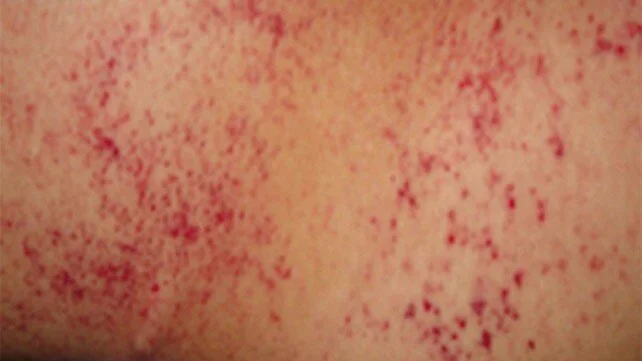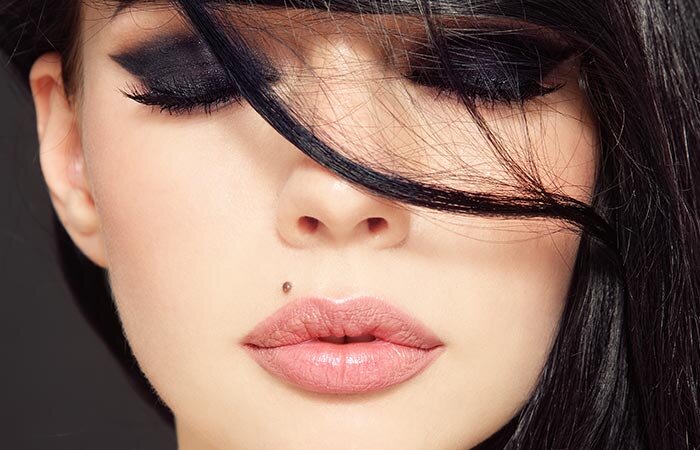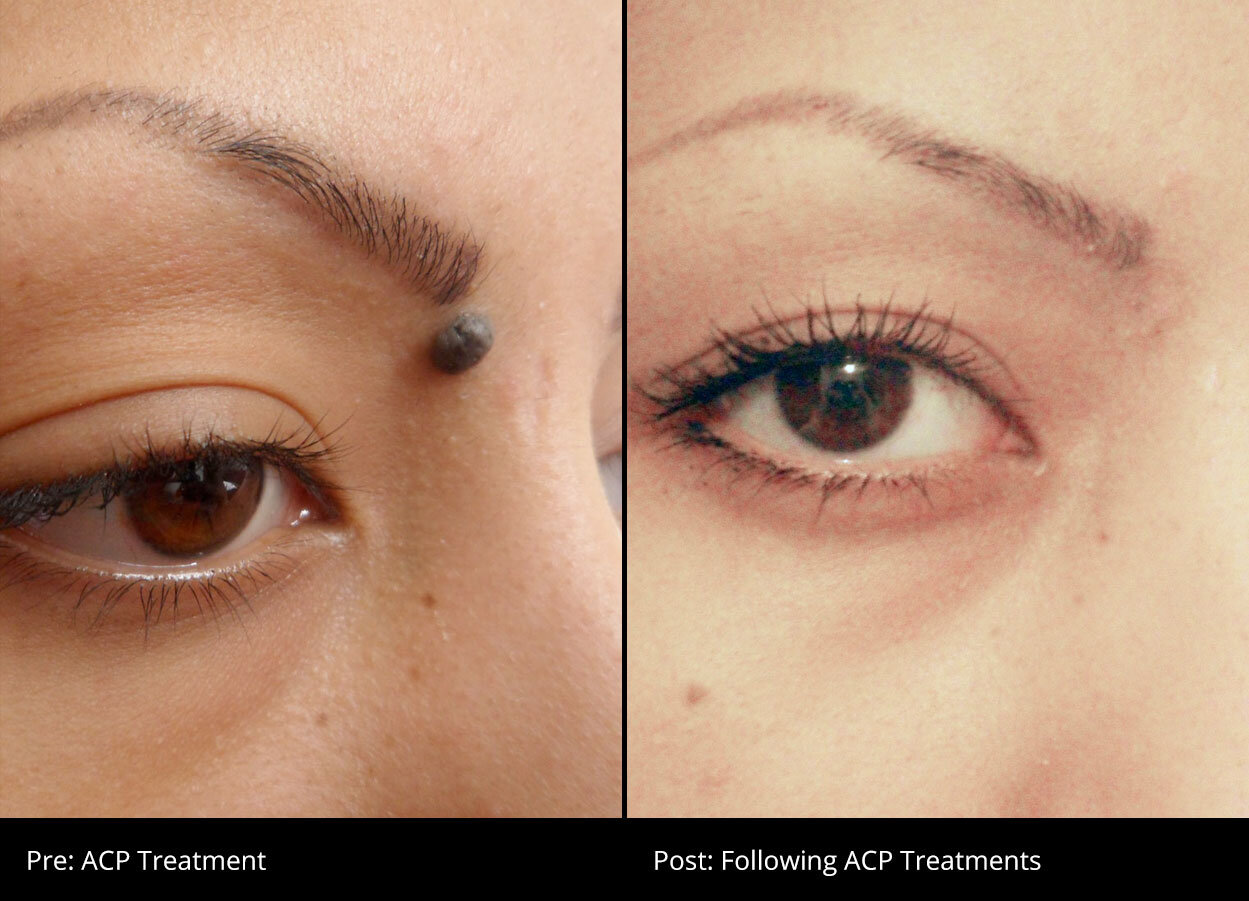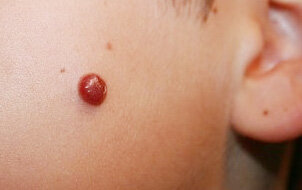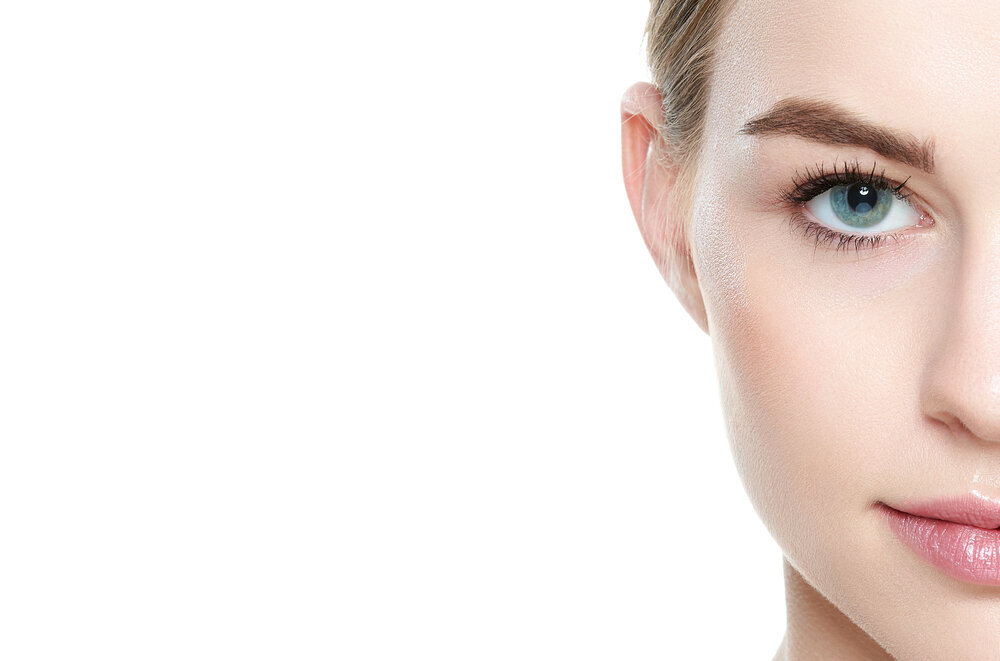
Advanced Cosmetic Procedure
Advanced Cosmetic Procedures (ACP) is a new name for ‘Advanced Electrolysis’.
ACP uses either Short Wave Diathemy (High Frequency A/C) or Blend (a mixture of A/C and D/C currents) to treat unwanted skin blemishes, such as milia, warts, skin tags, moles, as well as thread veins and vascular conditions with no mark left on the skin.
There are now over 21 different types of blemishes that can be safely and effectively treated using advanced electrolysis. Although there have been significant improvements in the equipment used, electrolysis and particularly advanced electrolysis remains highly dependent on the skill and training of the practitioner.
What does ACP do?
A wide diversity of skin blemishes can be quickly and easily treated with immediate and effective results offering an eventual blemish free smooth skin.
As far back as the early 1900’s electrolysis was being used for the treatment of port-wine marks, broken capillaries, spider naevi, warts and even xanthoma (yellow pigmented sports or plates found on the eyelids).
Advanced Cosmetic Treatments
Facial Thread Veins
These are not broken capillaries but rather permanently dilated capillaries.
They have very think walls which constanctly dilate and constrict. As we age, these vessels lose their elasticity and can become permanently dilated.
There are numerous causes including: Ageing, heredity, pregnancy, the rubbing of spectacles, smoking, energetic sports, temperature extremes and harsh weather exposure, hormones and skin fragility. They are commonly seen in a maturing ‘English rose’ complexion.
Blood Spots
There are bright red vascular blemishes, which lie just under the surface of the skin.
They are dome shaped or slightly raised and are frequently found on the midriff, back or front.
Most people ages over 30 have at least one and they are even more common in men than women.
Spider Naevus
A Spider Naevus is a central dilated blood vessel, with smaller capillaries radiating from it like the legs of a spider.
They can be found in isolation or gathered together in clumps on areas such as the cheeks.
Skin Tags
Skin Tags are very common and most frequently found on the neck and face. They often appear with a neck like a mushroom and vary in size from a tiny speck, smaller than a grain of uncooked rice, to the size of a large pea or even larger.
They are often found in areas of friction such as the underarm, groin, under the breasts or around the neck where necklaces may irritate.
Milia
These are tiny white hard lumps containing keratin, which lie superficially under the surface of the skin and can be easily treated with ACP techniques.
Their exact cause is unknown although they are often associated with dry skin which can be acidic.
Warts
There are various types of warts, including plane, common, seborrhoeic and verrucas. All can be easily and successfully treated.
Warts can develop individually or in clusters.
Seborrhoeic warts become more common with increasing age and can grow up to two inches across.
Dernatosis Papulosa Nigra
Is a common popular disorder, which develops in adolescence on darker skin and is identified by smooth, dome shaped, brown to black papules seen mainly on the cheeks, neck and upper chest.
Moles
Hairs from moles (and moles themselves) can be treated by those trained in ACP techniques. Once a treatment has started the mole may reduce in size and colour. Hairs in moles are generally deep terminal hairs with a very rich blood supply. Repeat treatments, as with electrical epilation are required.
Ask our skin specialists for advice about electrolysis for many other treatable skin conditions such as: sebaceous cysts, age spots, xanthelasma and other blemishes.
FAQs
How long is a treatment and how many will I require?
ACP treatments are safe and effective and offer instantaneous results in many cases. Length of treatment very much depends on the problem and your electrolysis specialist will advise you during the consultation.
The area must not be over-treated and your skin reactivity will be taken into account. Spacing technique and treatment intervals will be carefully considered in a treatment plan by the professional as well as your requirements, needs and wishes.
How are Thread Veins treated?
The tip of the finest, smallest probe possible (about the size of an eyelash) is introduced along the line of the capillary and high-frequency energy is discharged. This ‘dries up’ and destroys the vessel which often disappears as it is being treated. Further treatments may be necessary depending on the severity of the problem.
How are Skin Tags treated?
There are a number of different techniques depending on the location and size of the tag. Results are effective, instantaneous and permanent for the tags treated although more tags may appear in time.
Will my blemishes return?
The treated blemish should not return but others may occur depending on the root cause. Your electrolysis specialist will advise you during the consultation.
Mixing electrolysis methods
The method chosen is a decision the electrolysis specialist will make and will be determined by the blemish(es), condition of the skin, client compatibility and equipment.
ACP Pricing
Price Upon Consultation
The exciting field of cosmetic procedures is a new trend in modern medicine. Patients not only want to be in good health, they also want to enjoy life to the fullest, be fit and minimize the effects of normal aging.
Indeed, most clients are now requesting quick, non-invasive procedures with minor downtime and very little risk. As a general rule, the needle is increasingly replacing the scalpel.




